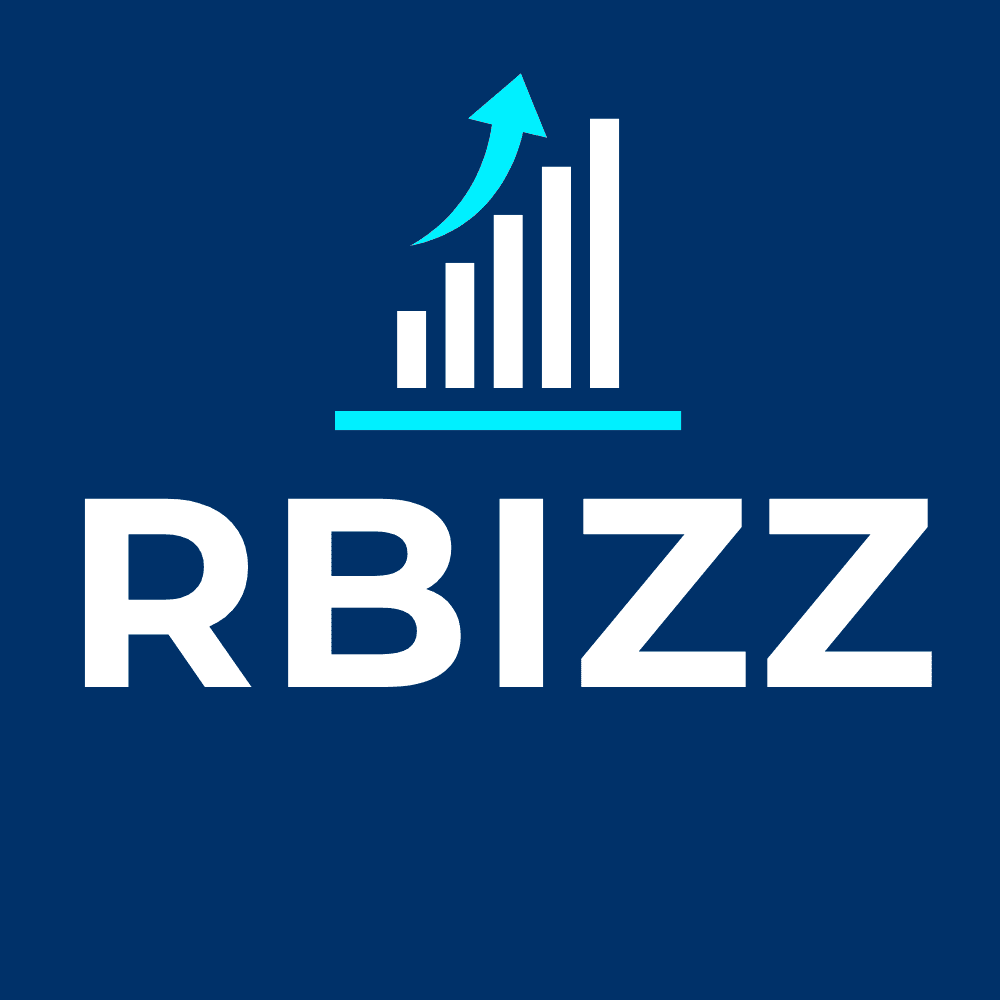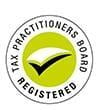Navigating the Tax Maze: Compliance Challenges for Australian Medical Practices

Summary of Potential Tax Compliance Risks:
Misclassification of Employees and Contractors: The distinction between employees and contractors is crucial for tax compliance. Misclassification can lead to issues with payroll tax, superannuation contributions, and fringe benefits tax.
Incorrect Fringe Benefits Tax (FBT) Reporting: The provision of certain benefits to employees or associates can result in a Fringe Benefits Tax liability, and misreporting or under-reporting can lead to compliance issues.
Complexities in Income Tax Reporting: This includes accurate reporting of income, correctly accounting for expenses, and understanding when capital gains tax may apply.
GST Liabilities: The Goods and Services Tax (GST) has specific rules about which medical services and products are GST-free, and errors can result in liability.
Superannuation Guarantee Charge (SGC): Failure to provide the minimum level of super for eligible employees may result in the Superannuation Guarantee Charge.
Misclassification of Employees and Contractors: Under the "Common Law Test" as described by the ATO, misclassification of workers can result in violations of the Pay As You Go (PAYG) withholding provisions (Part 2-5 - Division 12 of the A New Tax System (Goods and Services Tax) Act 1999), Superannuation Guarantee (Administration) Act 1992 (particularly Part 3), and payroll tax regulations, which vary by state.
Incorrect Fringe Benefits Tax (FBT) Reporting: Fringe benefits are taxed under the Fringe Benefits Tax Assessment Act 1986. Certain benefits provided to employees by their employer, or by a third party under an arrangement with their employer, are subject to FBT. Sections 65 to 65J of the Act deal with car fringe benefits, while loan fringe benefits are covered under sections 165 to 165C.
Complexities in Income Tax Reporting: Income and deductions are governed by the Income Tax Assessment Act 1936 and Income Tax Assessment Act 1997. Provisions related to capital gains tax can be found in Part 3-1 of the 1997 Act, while Division 6C of the 1936 Act is relevant to the taxation of trusts.
GST Liabilities: The A New Tax System (Goods and Services Tax) Act 1999 defines GST and related obligations. Section 38-7 specifically outlines which medical services are GST-free. Section 7-1 imposes the GST, and Section 33-1 specifies how to report and remit GST.
Superannuation Guarantee Charge: The Superannuation Guarantee (Administration) Act 1992 details the obligations for providing superannuation for employees. The consequences for failing to meet these obligations are specified in Division 7, which covers the Superannuation Guarantee Charge.
As for the professional profit distribution, the ATO has developed a set of guidelines known as the "ATO Professional Firms Guidelines" and "Everett Assignment" to test the tax compliance of profit distributions in professional firms. These tests aim to prevent high-income professionals, like doctors, from avoiding tax by routing income through a legal structure such as a partnership or trust to a family member in a lower tax bracket.
While the guidelines are not law, they are closely followed in the industry to minimize the risk of ATO review. These guidelines use a combination of the proportion of profit entitlement from the firm held by the professional, the professional’s total remuneration from the firm, and the total income of the professional to establish whether the income split is acceptable.
However, it should be noted that the ATO is also at liberty to use other tax acts and laws, such as the general anti-avoidance provisions in Part IVA of the Income Tax Assessment Act 1936, to address cases where they believe income splitting has been used primarily to obtain a tax advantage.


































